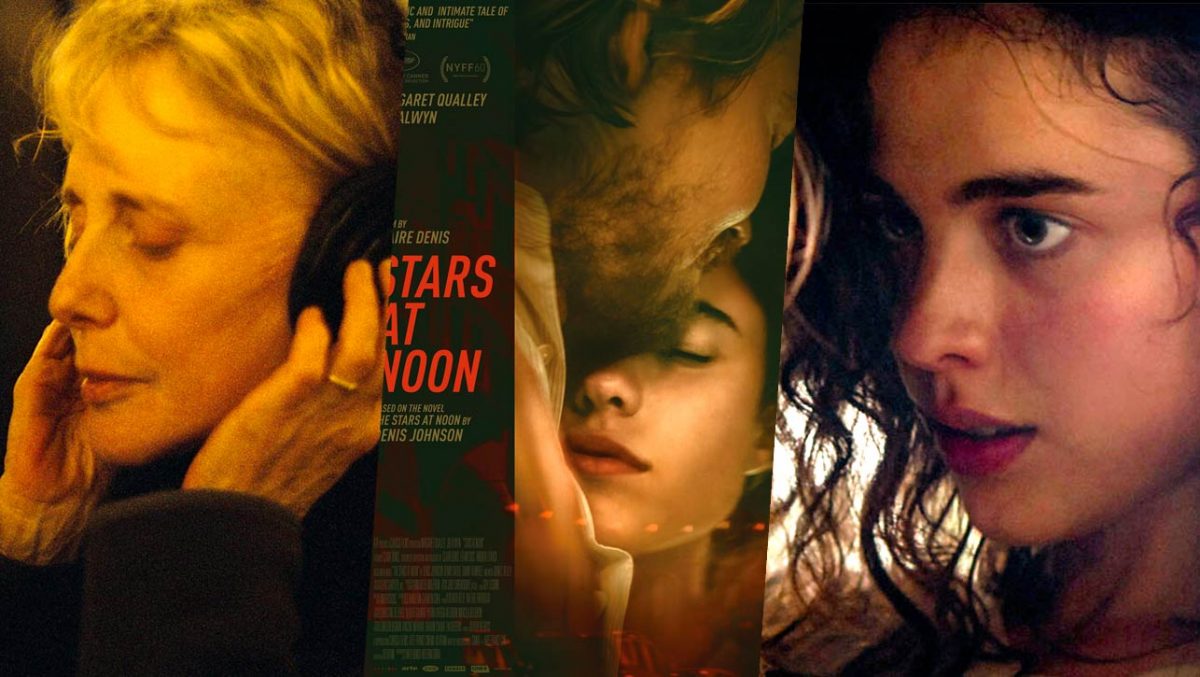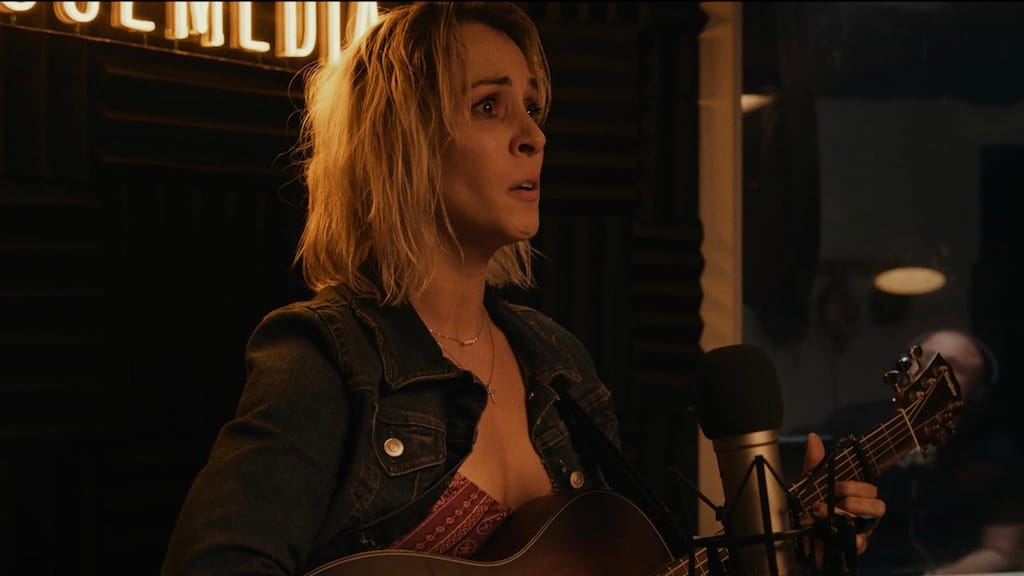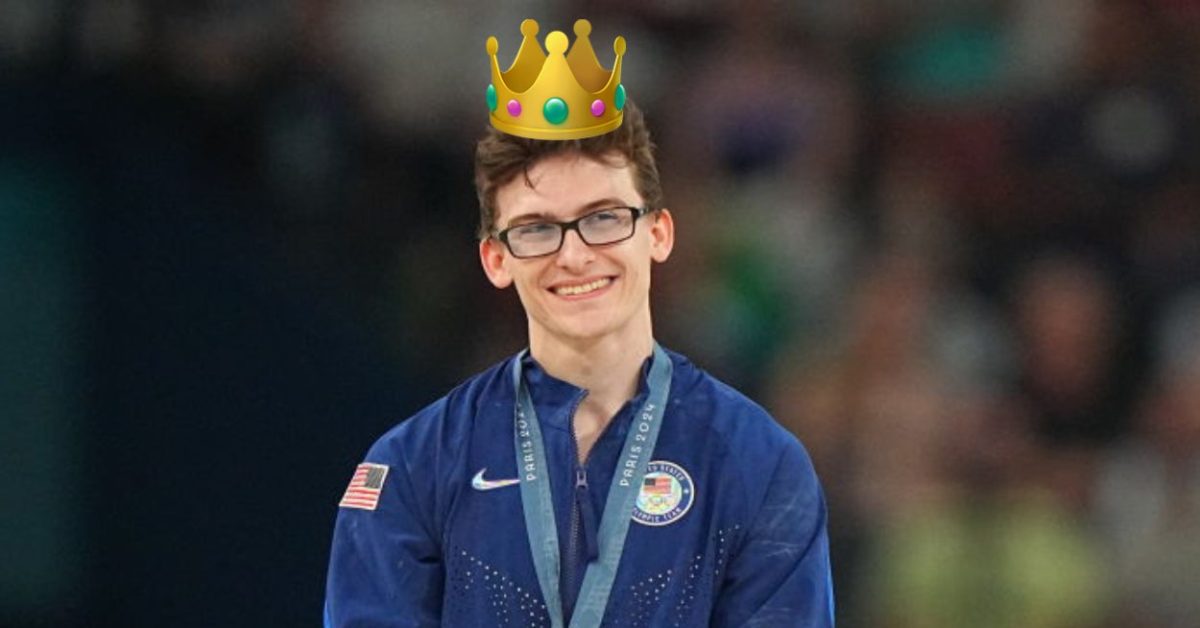
Claire Denis & Margaret Qualley On Slow-Dancing, Getting Lost & Staying ”Inside The Frame” [NYFF]
Jan 25, 2023
The centerpiece of Claire Denis’ “Stars at Noon” plays out in a stilled, near-empty nightclub suffused with violet light, where two strangers in a strange land share a moment of swooning intimacy. We glimpse Trish (Margaret Qualley) first adrift in the dark before two hands, belonging to the Englishman (Joe Alwyn) she’s become entangled with, materialize at her waist. She grips a sleeve of his white linen suit, clutching its fabric, as he leans close enough to breathe her scent; they sway, eyes shut, before she throws her arms around him.
Awash in the languid, discarnate grooves of a title track crooned by Stuart Staples, of long-time Denis collaborators Tindersticks, the two cling together as if drowning, their slow dance slipping out of time and space into a realm of overpowering emotional and physical sensation, if only for a few minutes. It’s a classic Denis sequence, capped with a quietly tragic master shot: of the dance floor, far emptier than it had felt before, and both of them seated silently back at the bar, together alone.
‘The Stars At Noon’ Review: Margaret Qualley & Joe Alwyn Sweat It Out In Claire Denis’ Seductive Political Drama [Cannes]
Fans of the legendary French filmmaker will find traces in her spectral, sweltering latest (in theaters this week) of past works such as “Beau Travail” and “35 Shots of Rum,” in which characters’ bodies move and often meet without words, in ways that betray their inner desires and perhaps their most authentic selves. Present in “Stars at Noon,” too, is an elliptical aura of postcolonial abandon that puts the film in dialogue with Denis’ “L’Intrus” and “White Material,” a statelessness that threatens to seep inside the characters and doom them. The film’s mood throughout is torrid, thick, unsettled — a tropical heat that envelops and scrambles the senses. Though its setting is loosely identified as Nicaragua in a time of political volatility, the titular allusion to Dante — there’s only one place you can see the stars at noon, and it’s in hell — is just the first instance in which Denis, adapting a 1986 novel by Denis Johnson, abstracts the story’s colonial, temporal, spatial, and erotic tensions by obfuscating their particulars.
Seated at opposite ends of a hotel bar during their first encounter, Trish — a stranded American journalist who’s been reduced to selling sex to military officials — and Daniel — an overconfident Brit who claims his business is oil — are flushed and alive in comparison to the pallor of their surroundings, swarmed by mask-wearing soldiers and crowded with body bags (both nods to the pandemic that, like the production’s decision to film in Panama, further muddy its setting). Asked why she came to this place, Trish says, “I wanted to know the exact dimensions of hell.” Once they fall passionately into bed and form an alliance, Trish and Daniel make a break for the border, their relationship deepening in ways that seem to terrify and entrance them as shady figures emerge from this purgatorial zone of interest to threaten their escape.
“Stars at Noon” is in theaters and on demand this Friday via A24, then streaming on Hulu starting Oct. 28. In separate conversations at the New York Film Festival, where “Stars at Noon” screened as a Main Slate selection after premiering at Cannes (where it won the Grand Prix), I sat with Denis, then Qualley, to discuss the film’s lengthy gestation period, the poetry of bodies, and colonialism’s dislocations.
“Stars at Noon” had to overcome various obstacles throughout its development. Tell me about remaining committed to this project and what made it such an important film for you to make.
Claire Denis: I think it became obvious when I read the novel. I was so attached to that novel, and then I met Denis Johnson. He was a writer and a poet I liked a lot, and I was shooting “High Life” when he died. And I really thought, “Oh, let’s try. It’s no normal project; let’s try to adapt this.” We wrote the script, and then the pandemic came. And then, as the pandemic was receding, the politics in Nicaragua became more and more difficult. All these obstacles…
In the end, what made me strong is that I had this plan B, knowing Panama for locations and that I had met Margaret four years before. I felt so much that, for me, it was so obvious. I wanted to work with her. And she had said yes. I was lucky enough later, in a moment where I was afraid of not meeting an actor who could be my Englishman, to meet Joe Alwyn. The dream came true, you know?
Your filmmaking is noted for its focus on corporeality, and interactions between bodies. I found the sex scenes between Trish and Daniel so haunting and beautiful, the moment where she leaves an imprint of flushed blood under the skin of his shoulder. Tell me about working with actors’ bodies.
CD: It starts by working not with their bodies but with their trust, their minds, their own emotions, their own openness or shyness. And I’m also shy. It’s a conjunction of all these elements together, with trust and working with the camera as if it was inside the frame. I always think those scenes are only possible if both the cameraman and myself are part of the scene. Otherwise, it will oblige me to choreograph, in a way, in bed or out of bed. But that feeling of intruding upon the frame with the camera is very important for me. Since always, I’ve felt like that.
Even if I’m at a distance, I’m with them. Since I started filming, that’s always the way I’ve liked making films: with that connection, and that way to be inside, not outside. The scene you mentioned, of the red traces left when she grabs his shoulder, is a beautiful scene written in a novel. She says, “You’re so white. It’s like fucking mist.” And she sees the trace of fingers on his shoulder. Already, it’s part of Denis Johnson’s poetry.
The rhythms of your filmmaking style, and Guy Lecorne’s editing, have been likened to jazz in the past. For “Stars at Noon,” what did you specifically seek to achieve in terms of rhythm and flow?
CD: To be very honest, and not to try to invent a theory — as I have absolutely no theory — I don’t know if I have a style. I’m not interested in that or in jazz, and I don’t want to be abstract. In a very modest way, I go with what is simple to me. I don’t try to abstract. I’m the opposite: I always try to be inside the material. Perhaps the result is a little bit abstract, but it’s my way of being real, I guess.
You have this gift for finding the perfect image to express complicated ideas, of which there are plenty in “Stars at Noon.” Is there an image that lingers when you think about this film?
CD: A year ago, we had not yet started shooting. I have not had distance yet. This morning, speaking with Joe and Margaret, I still feel them. I feel them as if we were still shooting. I need a little more time to really leave and quit. I’m still inside, in a way. And I know, even when I start filming another film, there is no way to leave a film as if you’re closing a door. I’m still with the characters. I’m still with my emotions. And when I start filming, if I do another film, then it will probably be in the past. But it’s not yet.
The slow-dance sequence in a nightclub, set to the title track by Stuart Staples, is such a beautiful moment. What can you tell me about filming that?
CD: That sequence, in the script, was already terribly moving for me. The first night they spend together, he says he has a wife, that he has committed adultery. We understand that this wife is perhaps a lie, a way for him to say she should keep some distance from him: “I am a married man. I have a life. I have a wife in England.” What I remember in writing that scene for the script is the feeling of them being so close, for one precious moment. It doesn’t last long. He suddenly realizes he is abandoning himself to her, and he says sorry, and he stops.
That’s why she says, “Would you dance like that with your wife?” As if she has felt that little moment he feels he is going too far. She throws a dart: “Would you dance like that with your wife?” All the other times, of course, it’s fake; they know it’s only words between them… But that moment they felt, during the slow dance, was real. All the rest is fake. That’s why I was really so happy Stuart Staples composed the song for that moment, because I think he understood the scene so well.
I was hoping to ask about your collaboration with Stuart Staples, and Tindersticks, which has lasted now more than 25 years. What keeps drawing you together?
CD: Sometimes I say we are doomed to stay together. I always say to Stuart, “If you don’t want to work anymore, you can stop.” But we like working together. That’s a strange combination, because we are so different. And yet the first time we met, a long time ago, at their first concert in Paris, I knew something. There was that connection I felt, with his words, the music they composed, his voice. Everything was clear to me, and I knew at least once we would work together. But it’s still going on. It’s luck. I don’t know if it’s luck. You should ask them; perhaps they’d say it’s a pain in the ass, for them.
I can’t imagine that’s the case.
CD: I don’t know.
You spent your early years in colonial French Africa and have explored colonial tensions in past films. In “Stars at Noon,” your leads experience this statelessness within revolutionary Nicaragua: they’re invisible in certain respects, untouchable in others. Through their physical relationship, it feels like they become more real to one another. How did you think about that side of the story and returning to this theme?
CD: I think that’s something very tiny that I felt when I was reading Denis Johnson. His novels, his style, the words used in his poetry and novels, and the way he was in life… He was always a stranger in his own life. He was always missing. Not missing love, but missing being a part of things. When he wrote “Stars at Noon,” it was autobiographical. He wanted to be a journalist — and he was in Managua during the Sandinista revolution — but he couldn’t succeed. He was Trish, in a way, feeling like a stranger, feeling like a failure.
I think that’s something I recognize, always. I recognized it when I was reading Denis Johnson’s lines. This feeling of recognition is something I wished to share, when he asked me to write the script, and it’s also something I could share with both my actors. With Joe, we hardly knew each other, you know, but we could share something of this strangeness: this feeling of being lost, not at the right place at the right moment. It’s something I’ve always felt in my own life. And the same for Trish. In a way, it’s a more melancholic side of my filmmaking. Like Denis Johnson’s style, it’s something that is part of my life. I don’t know why. But, as you said, it’s probably due to being raised in a world where the colonial era was over but had, of course, left scars.
Thank you so much for that answer and for your films. It’s an honor to speak with you.
CD: [nodding] That will do, please.
Read on for Margaret Qualley’s portion of the interview on page two.
Publisher: Source link
Jennifer Lopez Asked About Turning 60, Age
Jennifer Lopez Asked About Turning 60, Age Never ask a woman her age, a man his salary, or Jennifer Lopez how she feels about turning 60. On Sunday, the actor was interviewed by Variety amid the release of her new…
Dec 21, 2024
Lala Kent Shares Text With Ally Lewber After James Kennedy’s Arrest
The BCU (Bravo Cinematic Universe) was shaken on March 3, 2023, when it was confirmed that Tom and Ariana had ended their nine-year relationship amid the revelation that he'd had a seven-month affair with Raquel. "I made mistakes, I was…
Dec 21, 2024
Vote For Your 2024 Person Of The Year
Vote For Your 2024 Person Of The Year One thing we can all agree on is that Donald Trump being named Time's Person of the Year was a terrible choice. So, I'm here to provide y'all with a worthy alternative.…
Dec 20, 2024
Plane Crash Near Buffalo Bills Player Dion Dawkins’ Property Kills One
Buffalo Bills Player Dion Dawkins Speaks Out Following Fatal Plane Crash on His PropertyFootball player Dion Dawkins is speaking out following a deadly plane crash in Aurora, N.Y. The Buffalo Bills offensive lineman missed part of practice on Dec. 19…
Dec 20, 2024











